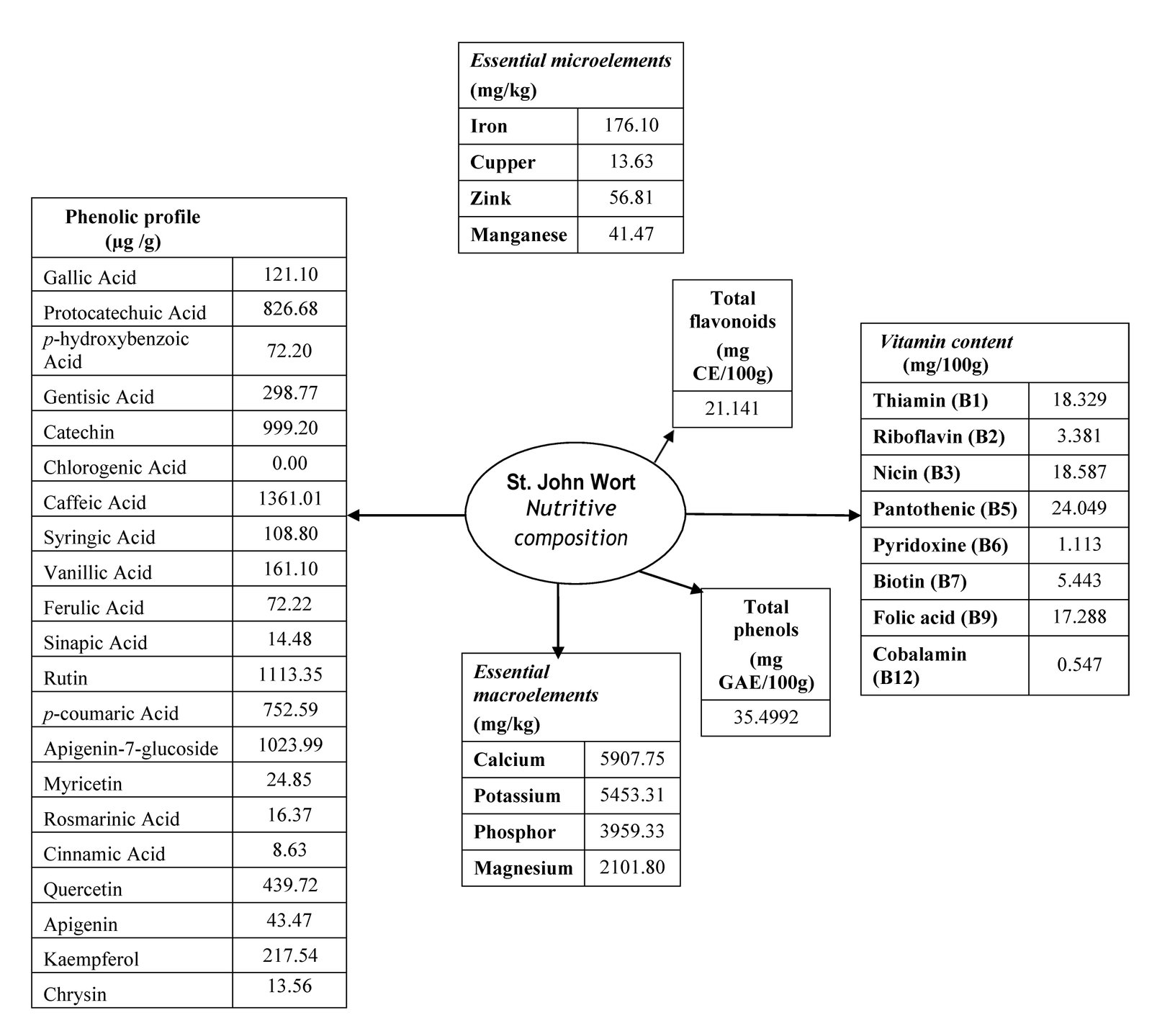By Asmaa F. Galal, Attia A. Yassen, Mai S.Saleh
Contribution participating in the INPST 2018 Science Communication Awards contest.
Could you imagine?! About 16 percent of the world’s population are drug addicts. According to the United Nations Office on Drugs and Crime, 230 million people use illegal drugs at least once a year. Besides, 27 million people are typical addicts with 12 million of them having disabilities and 200.000 die each year (UNODC, 2015).
As we know, getting used of drugs leads you to unfavorable physical changes. Biochemical imbalances, nutritional deficiencies, and digestion problems are the inevitable consequences. Corrective nutritional programs could help in such cases. Food supplements with natural antioxidants like phenols, flavonoids, carotenoids, alkaloids and saponins, vitamins, protein concentrates and minerals are of great importance (Buydens-Branchey et al., 2003 a, b).
Even upon stopping drugs, take care, you may suffer from impaired nutritional status and reduced immunity (Nazrul Islam et al., 2002; Cowan et al., 2008). You may suffer from infections, malnutrition and a wide range of symptoms like anxiety, fatigue, depression and panic attacks. Moreover, such deficiencies may disrupt the ability to digest carbohydrates efficiently (Santolaria- Fernandezet al., 1995; Whichelow and Prevost, 1996; Chandra, 1997). In this occasion, it is recommended to consume more amino acids and proteins as well as micronutrients like vitamins and antioxidants (Buydens-Branchey et al., 2003 a, b).

St. John’s Wort or Hypericum perforatum (HPE) is a well-known plant with antidepressant properties. HPE contains several biologically active compounds, including naphtodianthrones, fluoroglucynol derivatives, several flavonolglycosides, biflavones, phenylpropanoids, proanthocyanidins, tannins, and xanthones. It also includes some amino acids such as gamma-aminobutyric acid (GABA) and is rich in hyperforin (Barnes et al., 2001). Hyperforin inhibits the uptake of aminergic transmitters such as serotonin and noradrenaline into synaptic nerve endings and increases the extracellular levels of other transmitters including acetylcholine, glutamate, and GABA (Kumar et al., 2006). All these transmitters are very important in improving our mood and increase our perception of happiness and delight.

Could St. John’s Wort do the magic and help you stop taking drugs?! The answer is: YES.
Hypericum extract is found in many studies to help against opioid (Feily and Abbasi, 2009) and nicotine dependence (Uzbay, 2008). It can also decrease withdrawal symptoms in animal models. In our research, we evaluated the therapeutic potential of St. John’s Wort in morphine-dependent mice to attenuate morphine withdrawal manifestations dose-dependently. When added to the regular diet, it reduced anxiety and depression-like symptoms associated with heroin discontinuation, in addition to lowering heroin seeking.
Minerals, vitamins, phytochemicals and antioxidant activity of St. John’s Wort were investigated as it is a good source of macro- and micro-elements. Also, the results showed that St. John’s Wort is good source of antioxidants and possesses antioxidant activity.
St. John’s Wort can restore your psychological well-being and improve cognitive functioning of your mind. Start with St. John’s Wort and stop the drug abuse.
Ginseng can also help. Ginseng effectively regulates the immune response and the hormonal changes due to stress. It maintains homeostasis and suppresses the occurrence of psychological diseases such as anxiety and depression. Moreover, Ginseng can protect against stress-associated physiological disorders. Recent findings revealed that ginseng is involved in adjusting the hypothalamic-pituitary-adrenal axis and controlling hormones, thus producing beneficial effects on the heart and brain, and in cases of bone diseases, as well as alleviating erectile dysfunction (Lee and Rhee, 2017).
In our research, we found that ginseng acquires a high nutritional value. Macro-element concentrations in ginseng were found to be as follows: K (3,133), P (1,744), Ca (1,008) and Mg (635 mg/kg).It contains high amount of vitamin B3 (52.78 mg/100 g), B1 86.53 mg/100gm, B5 (29.61 mg/100 g) and B6 as 12.04 mg/100g. Ginseng has phenolic components (3.15 mg GAE/100g) and flavonoids at a concentration of 0.046 mg CE/100g. Other antioxidant components are also found in ginseng that ensure its great nutritive value.
The biological effect of Hypericum and ginseng were tested to investigate its ability to help us stop drugs. Experimentally, morphine dependence was induced in experimental mice by giving increasing doses of morphine using a 6-day schedule. On the morning of day 6, withdrawal symptoms were precipitated 3 h after taking the last dose of morphine by injection of naloxone (5 mg/Kg, i.p.). Mice were then immediately placed inside a cylinder (50 cm high X 25 cm diameter) and observed for 30 min. The following somatic withdrawal signs were monitored and counted: the total number of jumps, paw tremors and wet dog shakes. To summarize the results obtained from the different observations, a global withdrawal syndrome score of all the animals was calculated from each withdrawal sign.
This experiment was performed to determine dose level of Hypericum perforatum and Panax ginsengwhen they are taken in parallel with morphine as a prophylactic measure against withdrawal symptoms. Mice were divided into five groups. Mice were treated twice daily for five consecutive days with an injection of morphine or saline subcutaneously. On the evening of day 5 and the morning of day 6, mice were pretreated with either Hypericum (HYP) or Panaxginseng (PG). The withdrawal was precipitated 3 hours after the last morphine injection with naloxone (5 mg/Kg, intraperitoneal (i.p.)).
The good news is that repeated co-administration of HYP with morphine reduced the frequencies of the signs of withdrawal syndrome compared with frequencies of withdrawal manifestations of morphine. Treatment with HYP at a dose of 20 mg/Kg decreased the total withdrawal score by 65%, while treatment with HYP at 40 mg/Kg reduced the total score by 96%. These findings suggest that HYP is capable of lowering morphine withdrawal syndrome in a dose-dependent manner.
Besides, co-administration of PG with morphine at doses 250 – 500 mg/Kg attenuated the expression of the morphine withdrawal syndrome by 80% and 97%, respectively compared with the total withdrawal score of morphine in morphine-dependent mice. Such results indicate that PG is also able to attenuate morphine-induced and naloxone-precipitated withdrawal symptoms in mice.
The severe and harsh withdrawal symptoms are reported to be the worst obstacles preventing any person from recovering from drug abuse. They turn life difficult, and their adverse impact invites us to find ways to eliminate them and reduce their effect. Moreover, we encourage everyone to try using St. John’s Wort and ginseng in their diet on a regular base. They are now available as a food supplement in every country. They are an example of God’s blessing to human king, so please go ahead and start.

References
Barnes, J., Anderson L.A. and Phillipson, J.D. (2001). St John’s wort (Hypericum perforatum L.): a review of its chemistry, pharmacology and clinical properties. J. Pharm. Pharmacol., 53: 583-600
Buydens-Branchey L., Branchey M., McMakin D.L. and Hibbeln J.R. (2003a). Polyunsaturated fatty acid status and relapse vulnerability in cocaine addicts. Psychiatry Research, 120: 29–35.
Buydens-Branchey L., Branchey M., McMakin D.L. and Hibbeln J.R. (2003b). Polyunsaturated fatty acid status and aggression in cocaine addicts. Drug and Alcohol Dependence 71: 319-323.
Chandra, R.K. (1997). Nutrition and the immune system: an introduction.Am. J. Clin. Nutr., 66: 460S – 463S.
Cowan, J. and Devine, C. (2008). Food, eating, and weight concerns of men in recovery from substance addiction. Appetite, 50: 33-42.
Feily, A. and Abbasi, N. (2009). The inhibitory effect of a Hypericum perforatum extract on morphine withdrawal syndrome in rat and comparison with clonidine. Phytother Res., 23:1549-1552.
Kumar V., Mdzinarishvili A., Kiewert C., Abbruscato T., Bickel U., van der Schyf C.J. and Klein J. (2006). NMDA receptor-antagonistic properties of hyperforin, a constituent of St. John’s Wort. J. Pharmacol. Sci., 102: 47-54.
Lee, S. and Rhee, D. (2017). The effects of ginseng on stress-related depression, anxiety, and the hypothalamic-pituitary-adrenal axis. J. Ginseng Res., 41: 589-594.
Nazrul Islam, S.K., Hossain, K.J., Ahmed, A., and Ahsan, M. (2002). Nutritional status of drug addicts undergoing detoxification: prevalence of malnutrition and influence of illicit drugs and lifestyle. Br. J. Nutr., 88: 507–513.
Santolaria-Fernandez F.J., Gomez-Sirvent J.L., Gonzalez-Reimers C.E., Batista-Lopez J.N., Jorge-Hernandez J.A. and Rodriguez-Moreno F. (1995). Nutritional assessment of drug addicts. Drug Alcohol Depend., 38:11–8.
UNODC (2015) United Nations Office on Drugs and Crime. World Drug Report. (https://www.unodc.org/documents/wdr2015/World_Drug_Report_2015.pdf)
Uzbay, T.I.(2008).Hypericum perforatum and substance dependence: a review. Phytother. Res., 2: 578-582.
Whichelow, M.J., and Prevost, A.T. (1996). Dietary patterns and their associations with demographic, lifestyle and health variables in a random sample of British adults. Br. J. Nutr., 76:17–30.
Authors:
Asmaa F. Galal
Ph.D., Narcotics, ergogenics and poisons department, Medical Research Division, National Research Centre, Egypt.
Attia A. Yassen
Ph.D., Professor, Food technology department, Food Industry Division, National Research Centre, Egypt.
Mai S.Saleh
Ph.D., Environmental and occupational medicine department, Environmental Research Division, National Research Centre, Egypt.
Keywords: St. John’s Wort, Hypericum perforatum, morphine dependence, narcotics, drugs, phytochemicals, ginseng, ginseng and st john’s wort together.
Join for free INPST as a member
The International Natural Product Sciences Taskforce (INPST) maintains up-to-date lists with conferences, grants and funding opportunities, jobs and open positions, and journal special issues with relevance for the area of phytochemistry and food chemistry, pharmacology, pharmacognosy research, and natural product science.


























This has really clarified the issue for me and I was surprised at the benefits of the combined use in withdrawal from drugs. They seem to be high in vitamin Bs.
I was only checking to see if they are safe to use together.